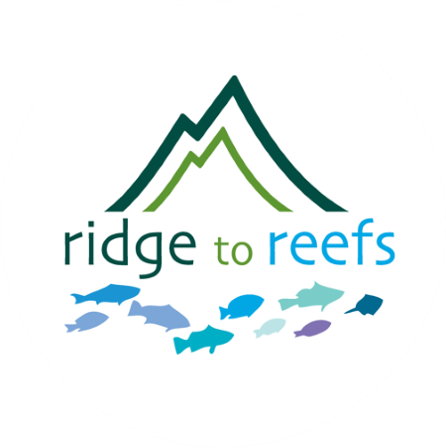The Crawford Project: Wetland Treatment
This project is a development of the Sassafras River Association’s efforts to target agricultural hotspots in the landscape. The treatment wetland here is part of an effort to design and implement best management practices to restore ecological function in downstream areas and improve water quality. The project emphasizes monitoring the effects of the project on downstream ecological function. This treatment wetland project will help evaluate the effectiveness of constructed wetlands in addressing runoff from agricultural confined animal feeding operations, which experience high flow and high concentration of contaminants. We will also be able to measure and monitor the effects of storm runoff.
The Crawford Farm is a row crop farm located in Cecil County just downstream of a major Confined Animal Feeding Operation (CAFO) operation managed by the ISE Corporation which has 8 egg laying facilities and a production facility on site. The site monitoring approach will consist of three specific sites on the farm. Site 1 will consist of a siphon sampler for storm events that occur in a grassed channel that conveys runoff primarily from the CAFO operation – this site will help to assess influent concentrations during storm events; Site 2 will consist of a flow meter and composite sampler at the outflow of a settling pond prior to the water entering the wetland system; Site 3 will consist of a flow meter and a composite sampler at the outflow of the wetland. The purpose of the composite samples is to collect a flow weighted weekly sample indicative of the average concentration for the week so that a total weekly load can be estimated for nitrogen and phosphorus at both the inflow and outflow to the wetlands.
Jones Farm Monitoring Site: Natural Wetlands
Monitoring will also be conducted at a farm upstream of a natural wetland system. The Jones Farm is an active dairy farm with an estimated ~2500 head of cows. Waste is collected in a lagoon and used in a pivot irrigation system to irrigate surrounding cropland. The farm uses cover crops in a continuous no-till rotation (having vegetative cover on the land year round to aid in the uptake of nutrients), grassed waterways convey surface runoff during storm events and end in water control structures for containment in the event of a spill or break in a line during active irrigation times.
Samples will be collected at an upstream site next to the Jones Farms and then again at Sassafras-Galena Road after the water is conveyed through extensive natural wetlands and connected floodplains. At the upstream site at Quinn Road two culverts will be gauged by installing staff plates and building a rating curve for each culvert. The runoff from the natural and treatment wetlands will inform the most effective wetland treatment strategies for agricultural operations.



